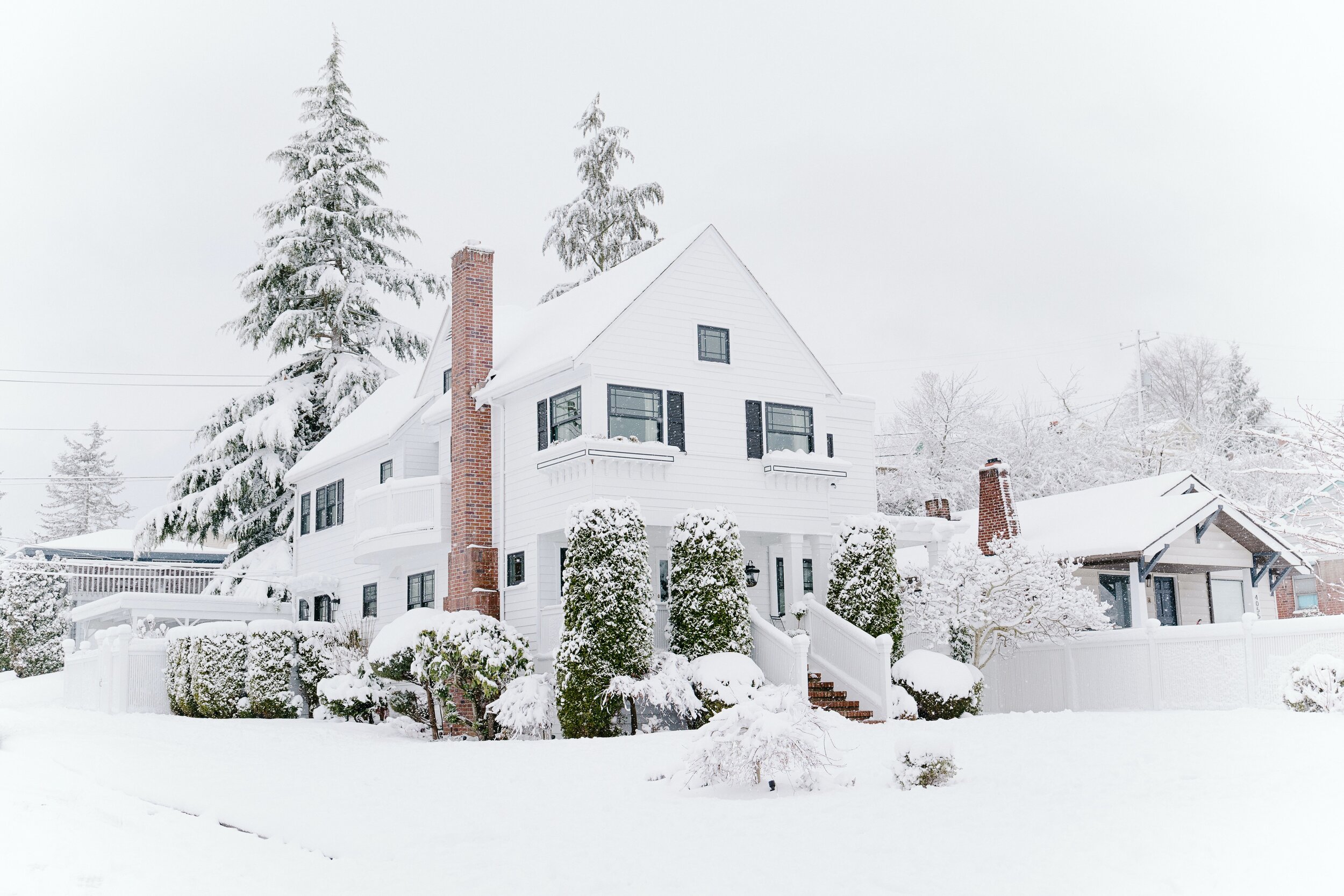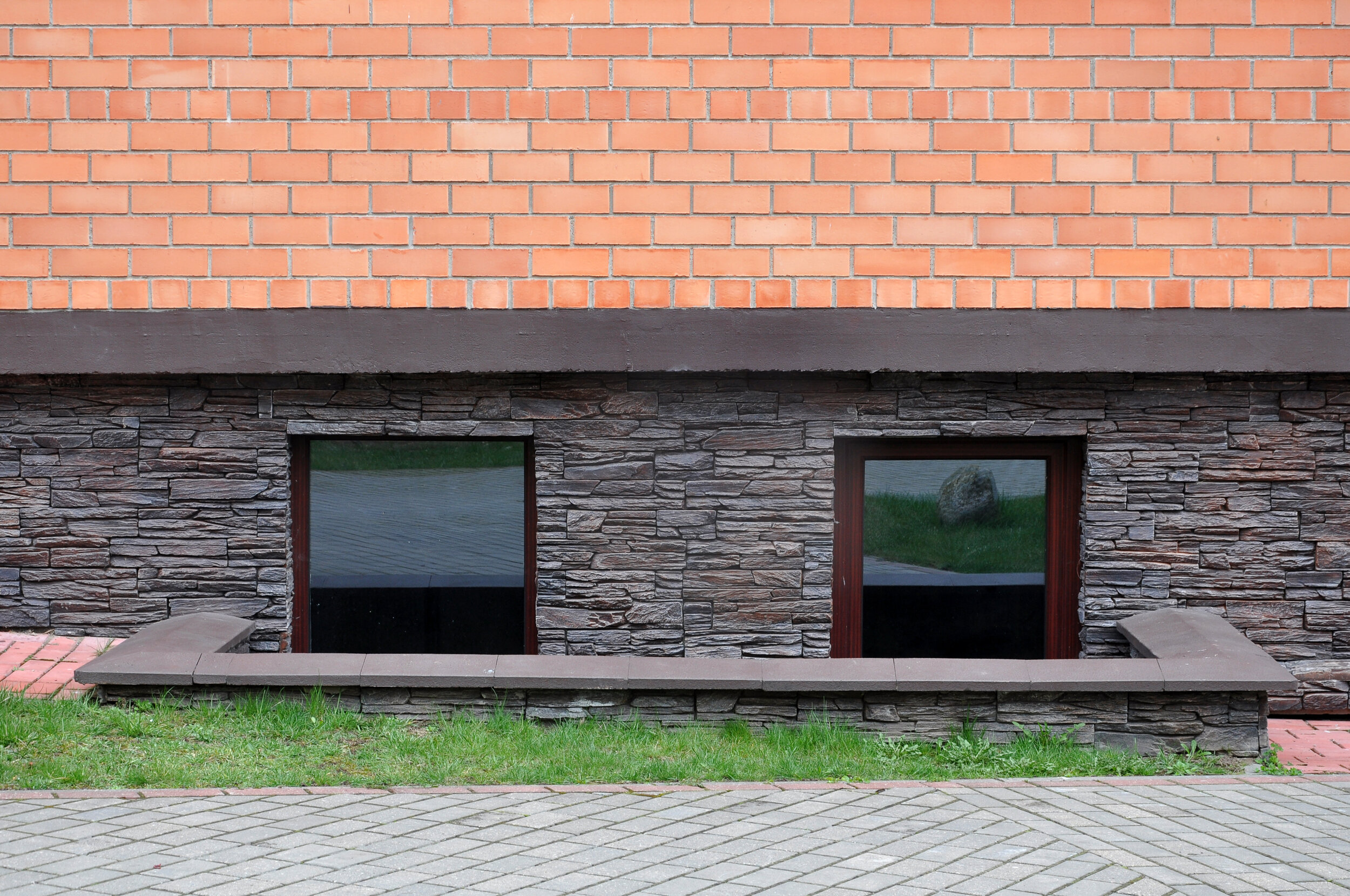A Beginner’s Guide to Storm Windows
/Storm Windows
Disclaimer: As an Amazon Associate I earn from qualifying purchases. There are affiliate links in this post. This means that at no cost to you, I will receive a commission if you purchase through my link. I will only ever promote the products and services that I trust and 100% recommend. You may read my full disclosure policy for more information. Thank you for supporting my business in this way.
Many homeowners turn to storm windows to protect their homes from drafts, noise, and harsh weather. Whether you want to preserve your original, historic windows or cut down a growing utility bill, storm windows are a cost-effective way to improve your home.
What are Storm Windows?
Storm windows are installed to add an extra layer of insulation to your regular windows. Whether your existing windows are antique or brand-new, storm windows can lower your utility costs and improve the efficiency of your window insulation.
Storm windows are made up of additional window panes that fit on the interior or exterior of your main windows. In general, the interior windows are cheaper than the exterior windows.
RELATED: Bay Windows: A Simple Definition of a Historic Design Trend
Benefits of Storm Windows
Installing storm windows is an excellent, low-cost way to make your home or condo more comfortable.
Here are a few of the advantages to expect from storm windows:
Easy to install.
Storm windows are simple to install on your own. If you have lots of windows, you may want to use a contractor, but even this will take no longer than a couple of days. Unlike some home improvement projects, there’s minimal preparation and clean-up. You don’t even need to worry about moving lots of furniture.
To learn more check out this brief installation video:
Better insulation.
Storm windows keep warm air inside during the winter, and keep air conditioning inside during the summer. They’re a great choice for homes in all types of climates.
Reduced noise.
Storm windows are a good way to deal with noise pollution — whether you live by a train, a busy highway, or are simply dealing with noisy neighbors.
Protects your existing windows.
Storm windows are great for homeowners who want or need to keep older windows in place. They provide an extra layer of insulation that you might not be getting from a historic window. And, they protect your windows from everyday wear and tear that comes from wind, sunlight, rain, snow, dirt, debris, etc.
Versatility.
Today, storm windows are available in a range of colors and styles. You can easily choose one that will look good against the exterior or interior of your home.
Lower heat and air conditioning costs.
According to the U.S. Department of Energy, storm windows can cut your utility bills by 12-33%. In many cases, your energy savings will make up for the cost of the windows.
Different Types of Storm Windows
Just like you can choose between many different types of windows, you will also have to choose from a range of storm windows before installing them in your home.
The configurations listed here are all for exterior storm windows. If you only need a storm window for one season, you may want to choose a temporary storm window. You can also find interior storm windows that can be custom-made to fit irregular window shapes.
Two track windows
Best for: Homeowners on a budget
Often paired with double-hung windows, this is one of the most common types of storm windows. If your house already has storm windows, there’s a good chance they are two-track. These windows are also highly affordable.
Two track windows consist of an inner and an outer track. The outer track contains half of a screen and half of a glass pane. This outer track can’t be opened, so the screen and glass pane will always be covering the window.
The inner track is made up of a glass pane that can be opened. When you open the inside glass pane, it allows air to come through the screen on the outer track.
Triple track windows
Best for: Insulation and ventilation
Triple track or three-track windows are not quite as popular as two-track windows, but they are incredibly useful and efficient. They can also be used with double-hung windows.
Triple track windows consist of two window panes and one half-screen. All three tracks can move so the window can open completely.
These windows provide a lot of insulation. However, they are more expensive than two track windows, so they may not be best for homeowners who are looking for the cheapest possible price.
Two track Slider
Best for: Slider windows
The two track slider window works just like the basic two-track window, except that it operates on a slider. If you have a horizontal slider window, this is the best choice.
Basement or picture storm windows
Basement windows
Best for: Basements or inoperable windows
Picture storm windows consist of a single pane that is attached to your existing window with thumb latches. They can be removed by opening the latches, which are located on the exterior of the window.
As the name suggests, these windows are typically installed in basement windows, egress windows, or picture windows.
Storm Windows vs Replacement Windows
These two types of windows are occasionally mixed up. That’s because storm and replacement windows serve a similar purpose. They’re both used to improve the insulation of your window and add energy efficiency. However, they function in different ways.
Storm windows are extra window panels that are installed over the top of your existing windows. Replacement windows are installed in place of your existing windows.
Storm and replacement windows will both help with noise reduction, eliminating air leaks, and lowering heat and A/C costs. Storm windows are easier to install, and they also let you keep your original windows. This makes them a good choice for historic homes and DIY installations.
Replacement windows require less maintenance than storm windows, and they have a slimmer, more minimal appearance. They also let in more light than storm windows.
Insulate Your Home with Storm Windows
Do you feel a cold draft coming from your windows? Does your electricity bill go sky-high in the winter or in the heat of summer?
If so, that’s a sign that it may be time to do something about it. But, replacing your windows might be out of your budget for the time being.
Storm windows are an excellent alternative, allowing you to insulate your house for a fraction of the cost of a new window.
Brandon Hubbard, AIA, NCARB, LEED AP BD+C


